QuestionHi Kathleen,
My staffy puppy is four months old and as I have just returned to work he has to stay at home during the day. We have bought him toys and leave the laundry open for him so he has somewhere to keep his little bed in case it rains. However we have received a number of complaints from our neighbours as he has cried very loudly and during most of the days he has been by himself. He has also tried to escape through the fence a couple of time but as this has now been screwed up he hasn't seemed to done it again. I'm just not sure what to do to stop the crying.
AnswerI would definitely keep your pup indoors while you are gone so that your neighbors aren't too annoyed and begin to cause you additional problems.
Using a crate and an exercise pen is a great way to contain pups and keep them safe. Here's a link to a photo of the set up. http://www.americas-pet-store.com/uploads/images/products/Midwest-550-Series-wit...
Also providing your pup with suitable toys like a Kong, Nylabone and a Buster Cube with some kibble inside can all reduce boredom through the day.
Do you leave a radio or television on so there is sound in house to keep him comforted.
Other options are coming home at lunch is you live close enough, having a pet sitter, dog walker or trainer come by during the day to work with your pup.
Make sure the time you spend with your pup is well used. Do some basic training and make sure to get your dog walked every day for mental stimulation and physical exercise. Having your pup tired will help keep him more settled.
Good luck and let me know if you have more questions.
Links:
http://outlawchinooks.com/articles.html Lots of good information here.
http://outlawchinooks.com/articles.html#Puppy_Information Puppy Specific
http://outlawchinooks.com/dog_crate_training.html Crate Training
Crate Training
Most dog owners, experts, veterinarians and trainers recommend crates (also called cages and kennels) as the best and safest way to raise a puppy. People who have never used a crate while training a puppy may initially be opposed to the thought of crating their pup, but after using a crate have discovered that the puppy loves the crate and it helps with housebreaking, traveling and keeping you sane.
Dogs are den animals and really like having a place of their own. It's like a dog apartment in your home, a place for pooch to get away from the confusion in your house and know it is in a safe haven. Think of your crate as a safe and secure place that your dog understands from his hard wiring of his wild ancestors. Remember not to anthropromorphize your feelings about a confined space. Dogs love to den and the crate is an excellent solution for them.
A crate allows you to train your puppy and have control over pup when you are not at home. Pups left home alone with too much roaming ability can become anxious, lonely and bored, all of which can lead to disasters in your home and for your pup. By using a crate, you create a positive behavioral pattern which enables the relationship between you and your dog to develop and grow in a positive manner.
Some additional benefits of crate training your dog:
* Virtually eliminates house training problems and "accidents" in your house.
* Saves you money in repairing and replacing damaged household items and furniture.
* Assures that pup will learn good habits.
* Eliminates the chance that you will give up your pup because you can't deal with behavioral issues.
There are many styles of crates available for your companion. You will most likely start with a wire or plastic crate. Wire crates offer plenty of ventilation and a good view of pup's surroundings. Plastic crates also have good ventilation and can be used to ship dogs on airlines. Some newer style crates are quite attractive and can match your home's decor.
Dog Crate Vari Kennel Plastic
Wicker
Dog Crate Wire
Tips for Crate Training
* Have a positive attitude toward crate training. You are helping your dog and doing them a favor by using the crate. A crate trained dog is more confident, more secure, has less stress and is a more functional member of your family.
* Use a crate that will be the correct size for your adult size dog to stand up, turn around and lie down inside. If your pup will grow to be a bigger dog, create a smaller space for pup now by sliding in a piece of heavy cardboard or masonite about half way back in the crate. When pup gets bigger, simply remove the divider and the crate will be the right size.
* Keep your crate in a semi-private space in the people part of your house like the kitchen or family room. Make sure your spot is away from drafts and direct heat.
* Well before bedtime, place your pup in the crate and give a treat. Close and latch the crate door.
* Immediately start a routine with your puppy learning to use the crate for nap time and whenever pup must be alone for 3-4 hours. Once you get back, immediately take pup from the crate to your outside bathroom spot and praise for elimination, then go immediately inside. Your puppy will quickly pick up on this association and will learn house training quickly. Your relationship with your pet will be enhanced if you provide consistent structure.
* If pup resists crate confinement you want to take a non nonsense attitude. Teaching your dog to accept crate confinement is not cruel. At the first sign of separation responses like howling or barking, intervene with a sharply raised voice. The idea is for your pup to associate his barking and howling to the sharply raised voice. Some pups will not respond to the sharply raised voice, most will respond to the shaker can (Altoids tin or coffee can with coins inside works great) or a newspaper or fly swatter slapped sharply against the crate door.
* The majority of puppies will quiet down after 3-8 attempts at emotional responses. Once your puppy quiets down, keep him in the crate for an additional 10 minutes. Do not praise the puppy immediately after releasing it from the crate as you don't want pup to think getting out of the crate is the desirable behavior.
* After about 30-45 minutes, repeat the procedure of putting pup in the crate. Extend quiet time to around 30 minutes, then gradually extend your away time and in a very short period you will be able to be gone for several hours.
* Line your crate with some type of soft bedding material. There are ready made crate pads or even a towel or old blanket will suffice. Make sure pup has one safe chew toy in the crate. Other than treats, don't put food or water inside the crate. Remove collar and tags when crating your dog to prevent accidental entanglement.
* Remember, your secure happy dog will help you to be a secure happy owner.
For more in depth crate training information you can order a copy of
A Pet Owner's Guide to the Dog Crate by Nicki Meyer. The back of my copy says: Additional copies 0.20 cents each.
Contact information is:
Nicki Meyer Educational Effort, Inc.
31 Davis Hill Road
Weston, CT 06883
203.226.9877
<>

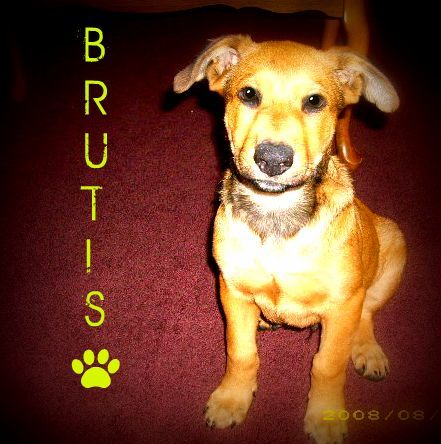 dog training.
Question
Brutis
I have a 6 month old german shepherd/la
dog training.
Question
Brutis
I have a 6 month old german shepherd/la
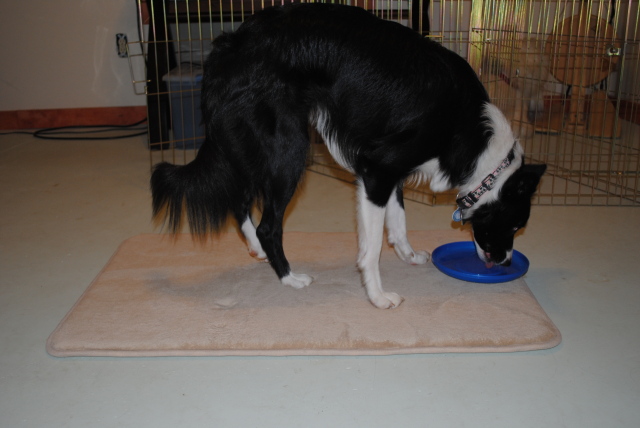 Peeing on edge of training pad
QuestionI have a 3 year old Poodle who has been house t
Peeing on edge of training pad
QuestionI have a 3 year old Poodle who has been house t
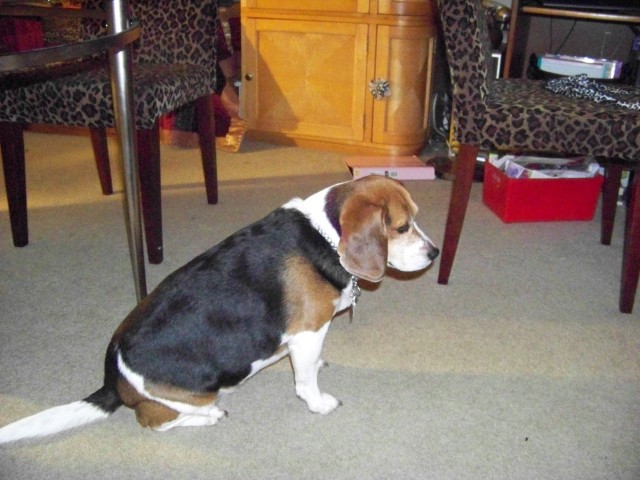 Crystal the beagle
Question
Crystal
Crystal is 8 1/2 years old,she is a be
Crystal the beagle
Question
Crystal
Crystal is 8 1/2 years old,she is a be
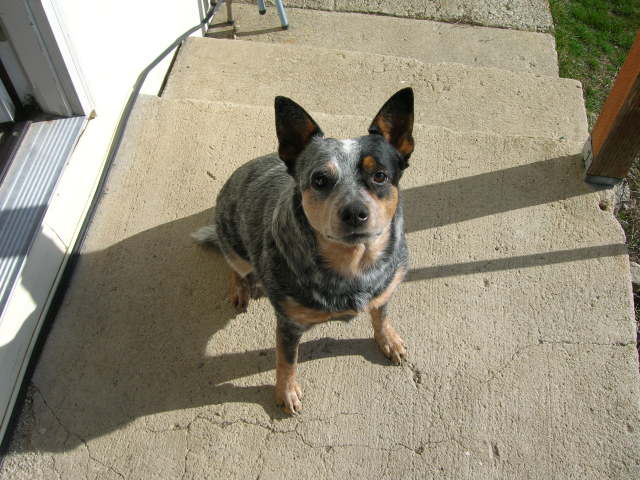 scratching carpet
QuestionQUESTION: Why has our 4 year-old female red hee
scratching carpet
QuestionQUESTION: Why has our 4 year-old female red hee
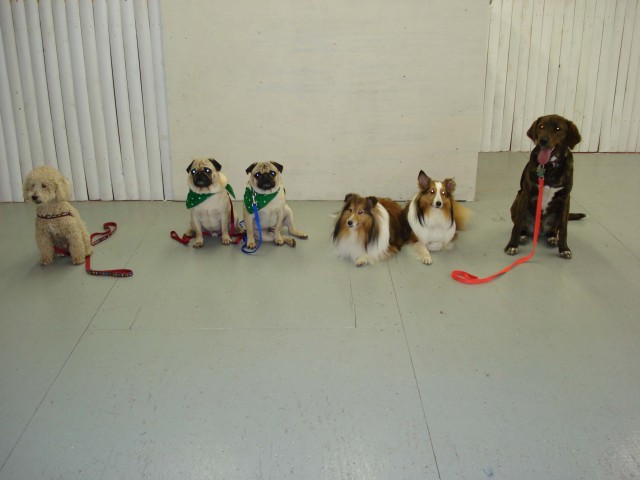 Male Chesador
QuestionWe have a 8 month old puppy that is more than s
Male Chesador
QuestionWe have a 8 month old puppy that is more than s